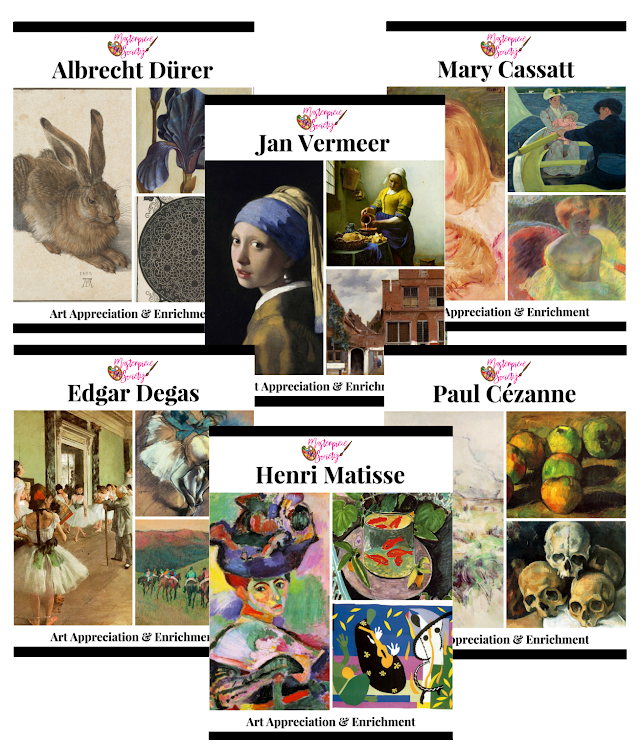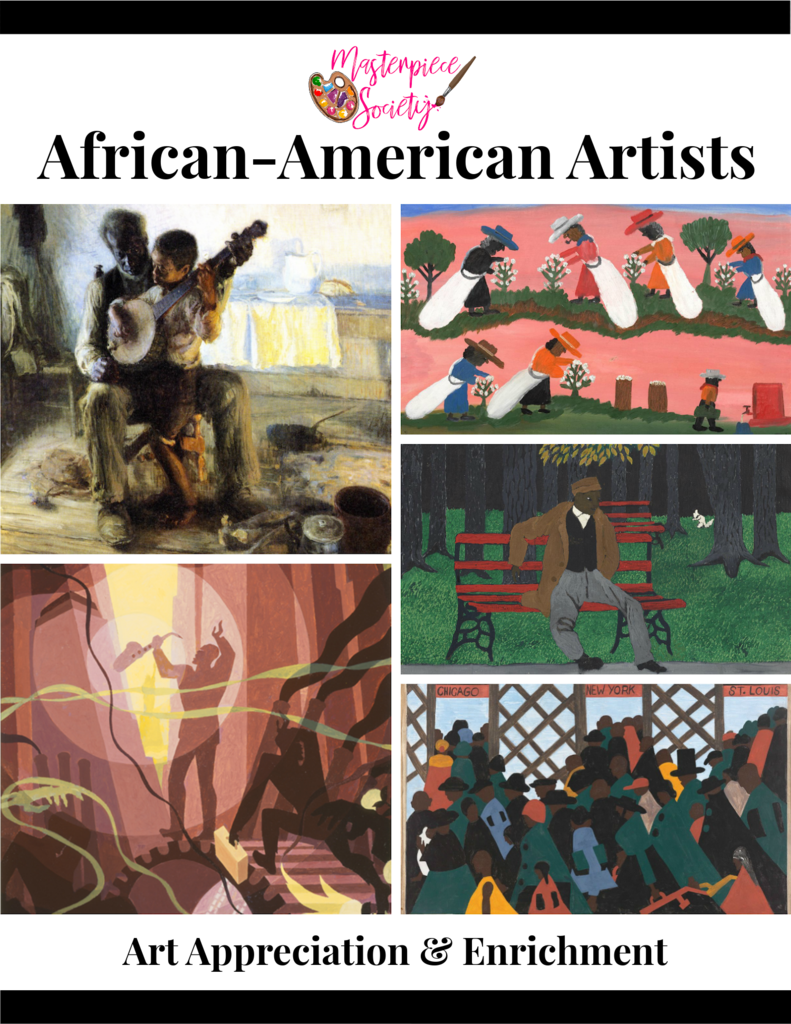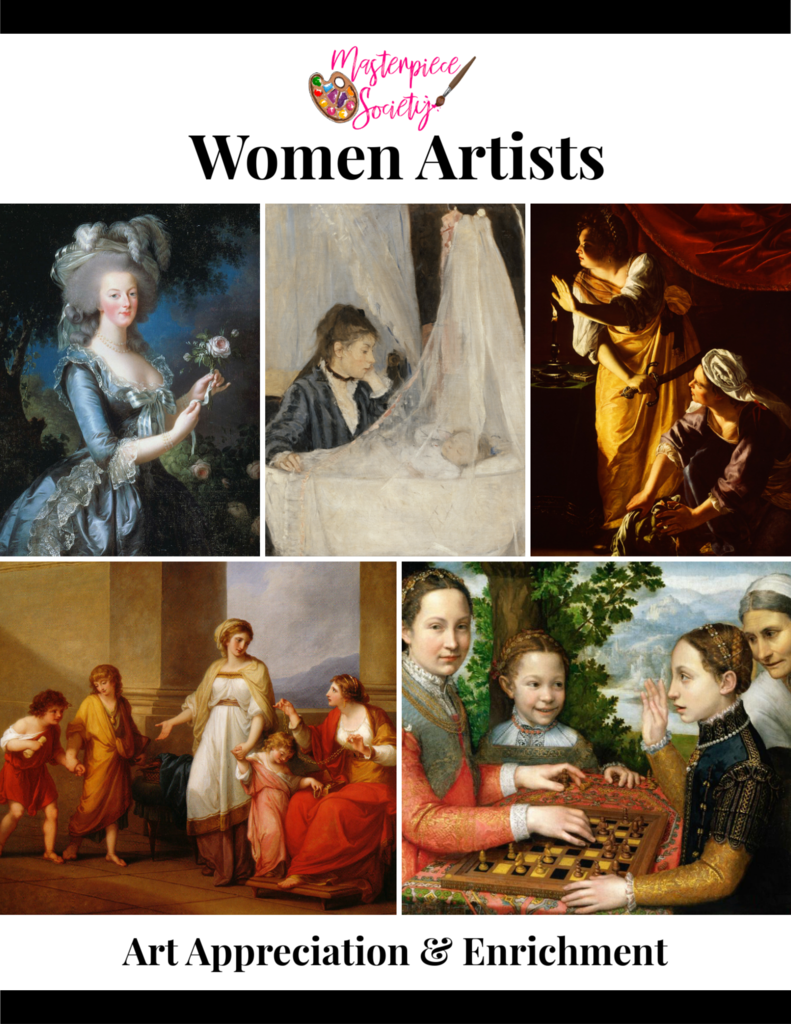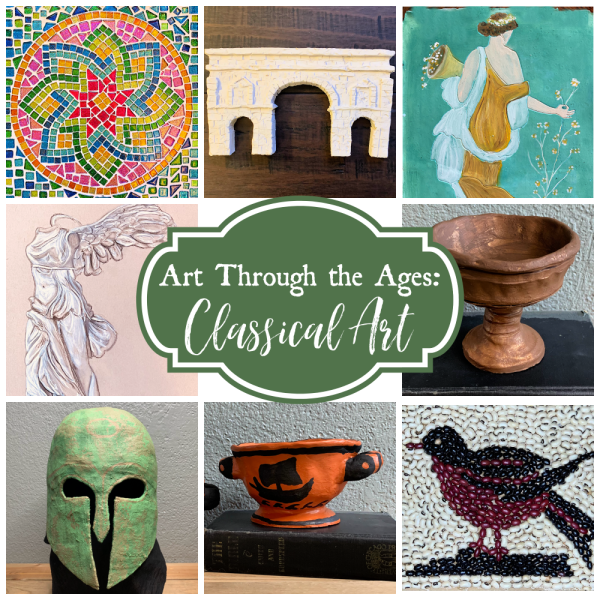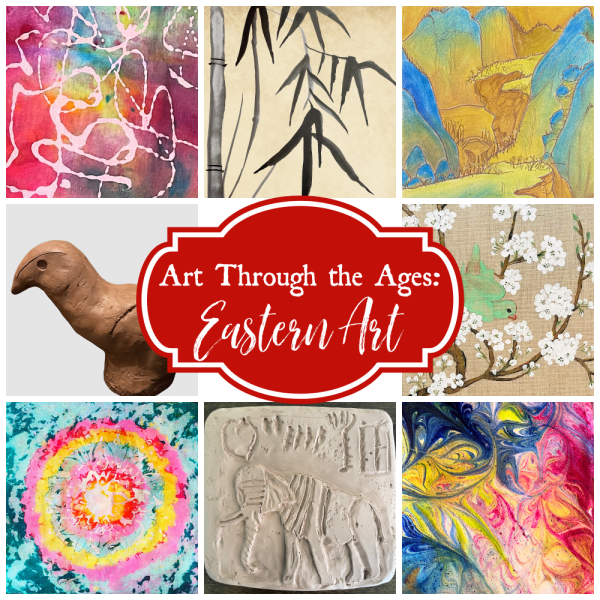Adding folk songs to a Charlotte Mason education is a fun way to enhance your children’s learning of culture, history, traditions, and more!

Folk songs in your homeschool can add a lot of fun, and on occasion elicit eye rolls or giggles depending on the song…and the kid. But I highly encourage you to add them to your Charlotte Mason beauty loop! These simple yet timeless tunes hold a special place in history, offering our children more than just a pleasant (or sad) melody—they are an invitation to step back into the lives of our ancestors and experience their world in a personal, intimate way.
What is a Folk Song?
A folk song is, at its core, a song passed down orally through generations, often within a particular culture or community. These songs reflect the everyday life of the people—work, love, loss, celebration, and connection to the land. Unlike the polished, professionally composed songs we hear on the radio today, folk songs were created by the common people, often anonymously, and shared through singing at gatherings, celebrations, or during daily tasks.
In their simplicity, folk songs often tell stories, whether of historical events, local legends, or moral lessons. They can also express cultural identity, reinforcing the traditions and values of a community. Each region or country has its unique collection of folk songs, preserving the flavor of their specific culture.
Why Are Folk Songs Important in a Charlotte Mason Education?
Folk songs were far more than just entertainment to our ancestors. They were woven into the fabric of daily life, and here’s why they were so significant:
- Oral Tradition and Storytelling Before books were readily available and literacy was common, songs were a way to tell stories and pass down history. Folk songs served as a living memory of events—wars, migrations, and family sagas—keeping stories alive from generation to generation. They connected people to their past, preserving wisdom, values, and lessons learned along the way.
One example is the English folk song “The Cutty Wren,” which dates back to the Peasants’ Revolt of 1381. This song tells a cryptic story about rebellion and resistance, carrying within it the memory of social unrest and class struggle. Another classic is “The Ballad of John Henry,” an American folk song that recounts the story of a steel-driving man who races against a machine, highlighting the theme of human endurance in the face of industrial change. - Community and Connection In many communities, especially in rural or isolated areas, folk songs brought people together. Singing was a shared activity—whether at the end of a long workday, during religious gatherings, or at festivals. Through these songs, people felt a sense of belonging, solidarity, and joy. Children grew up learning these songs, which often marked important milestones in life, from births to weddings and even mourning the dead.
For example, the Irish folk song “The Parting Glass” was traditionally sung at gatherings where friends and family would bid farewell to one another. It is a poignant reminder of the importance of community and connection, often sung at the close of social events or as a farewell to loved ones. Similarly, the Scottish song, “Auld Lang Syne” is sung to bid farewell to the old year at the stroke of midnight on New Year’s Eve, but also at funerals, graduations, and as a farewell or ending to other occasions
- Work Rhythms and Daily Life Folk songs also had a practical purpose in daily life. Many were designed to help with the rhythm of labor—whether planting crops, weaving fabric, or rowing boats. Songs synchronized the work of groups of people, lifting spirits and lightening the load. For mothers at home, songs were a tool for soothing their babies, teaching lessons, or adding joy to daily tasks.
The famous African American spiritual and work song “Follow the Drinking Gourd” is a good example. It was a song used to guide enslaved people escaping north to freedom, using the stars (the Big Dipper) as a map. The Scottish sea shanty “Drunken Sailor” was sung by sailors while hauling ropes or raising anchors, creating a rhythm to coordinate their efforts. These songs made grueling tasks bearable by uniting workers in rhythm and purpose.
- Preservation of Culture Folk songs are cultural treasures. They preserve the dialect, language, and worldview of a people. Each region’s folk songs are distinct, reflecting their way of life, beliefs, and environment. For past generations, these songs were the key to passing on culture in a world without modern media. They shaped the values, identity, and heritage of the community.
The Spanish folk song “La Llorona” is a haunting ballad that tells the story of the weeping woman, a ghostly figure in Mexican folklore. This song preserves not only a tragic myth but also the emotional tone of a region shaped by loss, grief, and the supernatural. Similarly, “Scarborough Fair” is an English folk song that dates back to the medieval period, preserving the customs, trades, and interactions of market life during that time.
- A Link to Nature and the Seasons Many folk songs reflect a deep connection to the natural world. Our ancestors lived by the rhythm of the seasons, and their songs reflected their experiences with the land. Songs about planting, harvests, changing weather, and animals weren’t just entertainment—they were a way of expressing gratitude and respect for the natural world.
One beautiful example is the English song “John Barleycorn,” which tells the story of barley as if it were a man who suffers, dies, and is reborn. It symbolizes the life cycle of crops and the harvest season. Another is the American folk song “Shenandoah,” which expresses a deep connection to the landscape, particularly the Shenandoah River and Valley, capturing the spirit of settlers and traders as they moved across the land.
Why Teach Folk Songs to Our Children?
In our modern, fast-paced world, folk songs might seem like a relic of the past. But as homeschooling mothers, we have the unique opportunity to bring these rich traditions back to life for our children. Here’s why introducing folk songs into your homeschool can be a beautiful and meaningful addition:
- Cultural Awareness: By learning folk songs, children gain insight into different cultures, traditions, and histories. It’s a wonderful way to foster a sense of global connection and an appreciation for the diversity of human expression.
- Storytelling and Imagination: Folk songs are rich in narrative, often telling stories of adventure, love, or struggle. This nurtures children’s imaginations and teaches them the power of storytelling.
- Family Bonding: Just like in past generations, folk songs can bring families together. Whether it’s singing during chores, while on nature walks, or at family gatherings, these songs can create lasting memories and a sense of unity.
- A Gentle Introduction to Music: Folk songs are often simple and repetitive, making them accessible for young children. They offer an easy entry point to musical education, helping children develop rhythm, pitch, and an ear for melody without pressure.
- Connection to History: Through folk songs, children can explore history in a personal, emotional way. They get a glimpse of how people lived, what they valued, and how they expressed their joys and sorrows.
Bringing Folk Songs into Your Homeschool
Incorporating folk songs into your homeschool routine can be as simple or elaborate as you want. You can start by choosing a few songs from your own cultural background or exploring those from different regions. Look for songs that match the seasons or topics you’re studying—whether it’s a harvest song in the fall or a sea shanty during a study of explorers.
Folk songs are a beautiful way to connect with the past, and by teaching them to our children, we create a bridge between generations, preserving the wisdom, culture, and joy of those who came before us.







